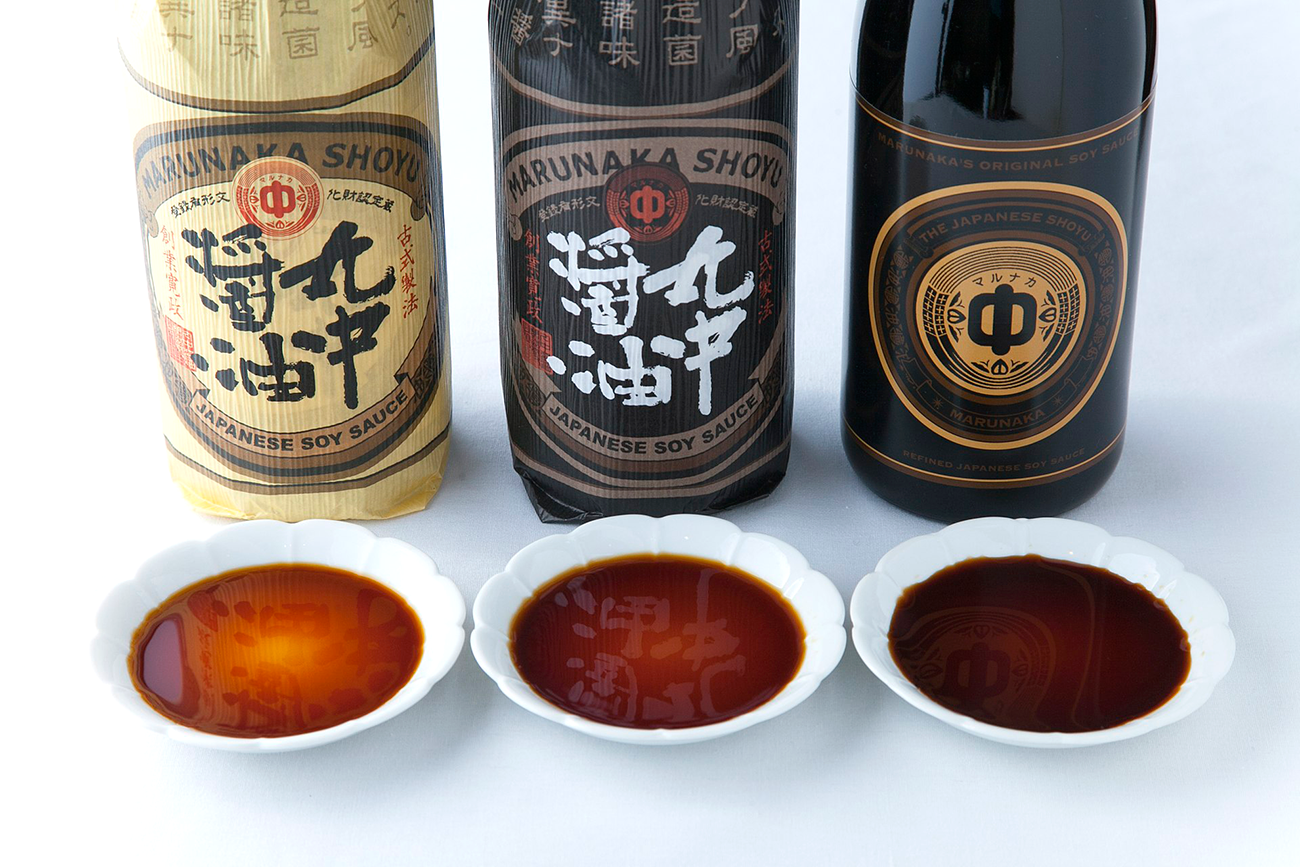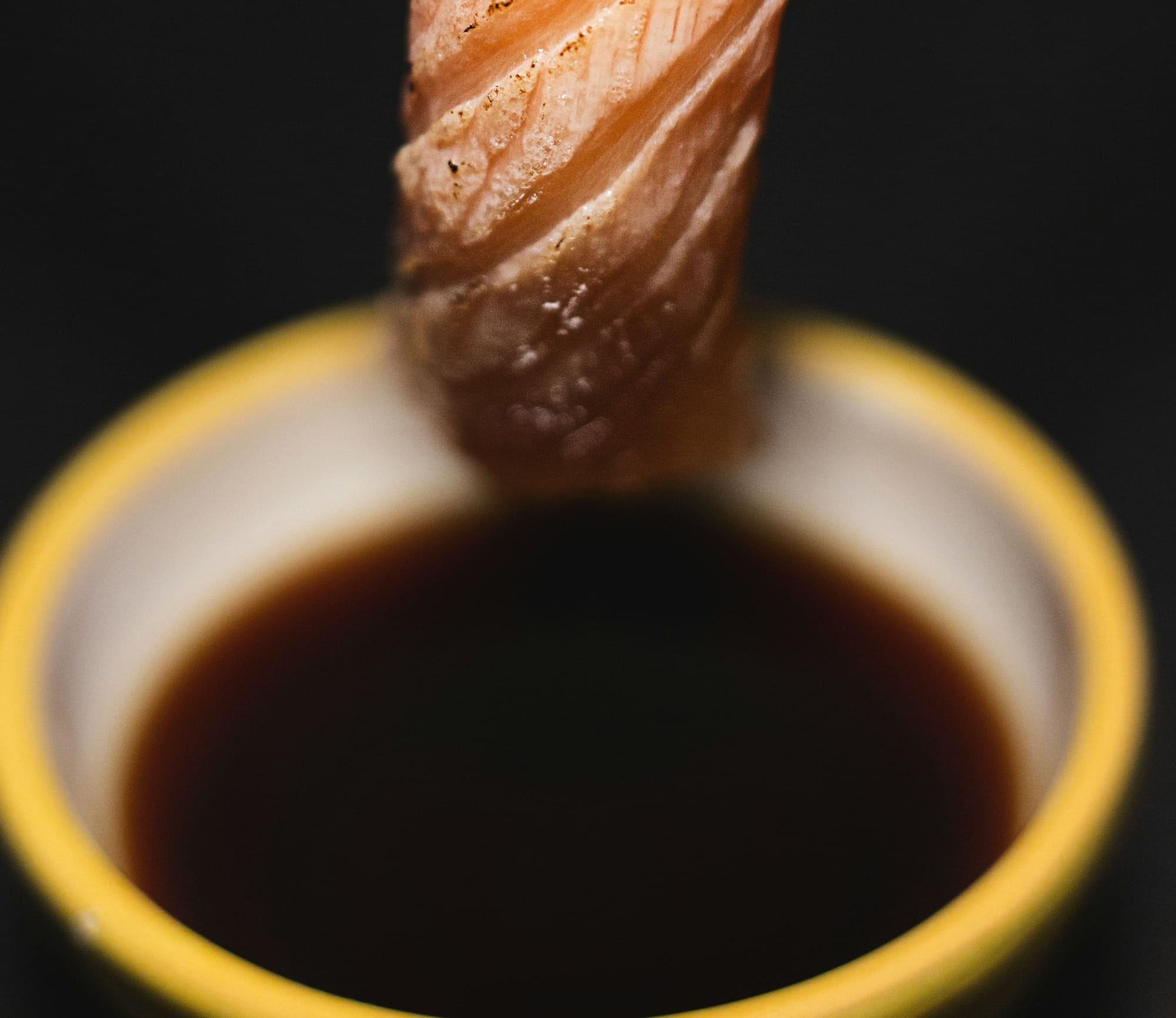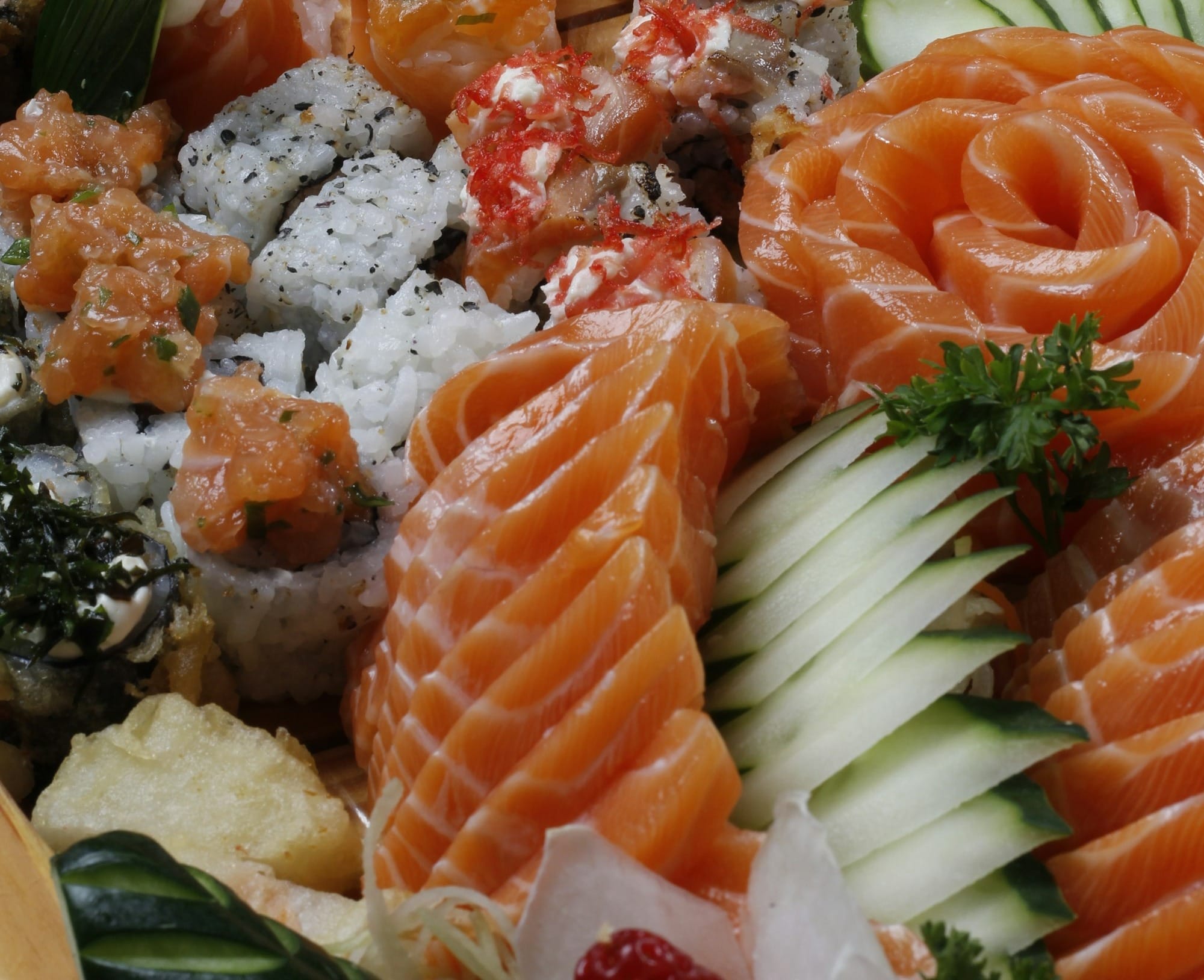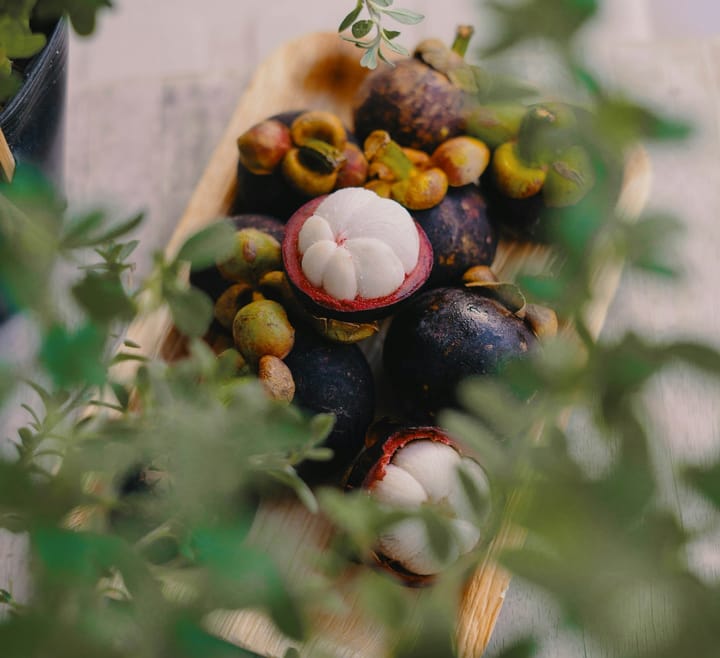The Science of Umami: Why Aged Shoyu Commands Premium Prices
Discover why master chefs covet aged shoyu: years of cedar barrel fermentation create 300+ mysterious flavor compounds and rare amino acids that transform ordinary dishes into extraordinary experiences.

In the world of luxury culinary ingredients, few condiments command the reverence and price tags of traditionally aged shoyu (soy sauce).
While supermarket varieties sell for a few dollars, artisanal aged shoyu can fetch upwards of $50 to $300 per bottle, with some rare varieties reaching astronomical prices comparable to fine wines.
This dramatic price differential isn't merely marketing—it's rooted in complex biochemical processes that transform simple soybeans into liquid gold.
The Molecular Foundation of Umami
To understand why aged shoyu commands premium prices, we must first delve into the molecular basis of umami—the fifth taste that has captivated food scientists and gourmands alike.
Discovered by Japanese chemist Kikunae Ikeda in 1908, umami is primarily triggered by glutamate, an amino acid that creates that deeply savory, mouth-filling sensation prized in haute cuisine.
In traditionally aged shoyu, the umami profile is exponentially more complex than its mass-produced counterparts.
During the extended fermentation process, proteins from soybeans and wheat undergo enzymatic hydrolysis, breaking down into a symphony of amino acids.
While industrial soy sauce might contain 1-2% total nitrogen (a measure of amino acid content), premium aged shoyu can reach 2.5-3% or higher—a difference that translates to a profoundly richer taste experience.
The Alchemy of Amino Acid Development
The transformation of proteins into amino acids in aged shoyu follows a carefully orchestrated biochemical ballet.
During the initial koji-making stage, Aspergillus oryzae and Aspergillus sojae produce powerful proteolytic enzymes that begin breaking down soybean proteins.
However, it's during the months or years of aging that the true magic happens.
As fermentation progresses, different amino acids develop at varying rates:
Glutamic acid, the primary source of umami, increases steadily throughout aging, often doubling or tripling in concentration over 2-3 years. In premium aged shoyu, glutamic acid levels can reach 1.5-2% by weight, compared to 0.5-0.8% in rapid-fermented varieties.
Aspartic acid contributes a subtle sweetness and enhances the overall umami perception. Its concentration in aged shoyu can be 3-4 times higher than in standard products.
Leucine and isoleucine develop bitter notes that, in proper balance, add complexity and depth. Master brewers carefully monitor these amino acids to prevent excessive bitterness while maintaining sophisticated flavor layers.
Arginine and lysine contribute to the characteristic aroma compounds through Maillard reactions during aging, creating hundreds of volatile compounds that give aged shoyu its distinctive bouquet.
Decoding the Tasting Notes

Understanding the tasting notes of aged shoyu reveals why connoisseurs treat it with the same reverence as fine wine. The complexity develops in distinct layers that unfold on the palate:
Initial Attack: Premium aged shoyu greets the tongue with a gentle salinity—never harsh or aggressive like commercial varieties. The salt content might be similar (16-18%), but the presence of amino acids and peptides softens the perception, creating what Japanese tasters call "maroyaka" (roundness).
Mid-Palate Evolution: As the shoyu spreads across the tongue, waves of umami emerge. Unlike the one-dimensional saltiness of industrial soy sauce, aged varieties reveal mushroom-like earthiness, hints of dried fruit sweetness, and subtle nutty undertones. Some premium varieties aged in cedar for 5+ years develop notes reminiscent of aged balsamic vinegar—dark chocolate, fig, and molasses.
Finish and Aftertaste: The finish of aged shoyu lingers for minutes, not seconds.
The aftertaste reveals layers of complexity: toasted grain from the wheat, caramelized notes from Maillard reactions, and a clean minerality from the traditional brewing water.
Master tasters describe finding hints of tobacco, leather, and even truffle in the longest-aged varieties.
Aromatic Profile: Before even tasting, the aroma tells a story.
While commercial soy sauce might smell simply "salty" or "sharp," aged shoyu presents a bouquet of scents: sweet molasses, roasted coffee, fresh-baked bread, autumn leaves, and ocean breeze.
Wine sommeliers who venture into shoyu tasting often express amazement at the aromatic complexity rivaling vintage ports.
The Transformation in Cooking: Night and Day Differences
The true revelation of aged shoyu's superiority emerges when comparing its culinary performance to conventional soy sauce:
With Raw Fish and Sashimi

Conventional shoyu often overpowers delicate fish, leaving a harsh, salty coating that masks the seafood's natural sweetness. The aggressive sodium hit can create an unpleasant burning sensation on the tongue.
Aged shoyu enhances rather than masks. A single drop on premium tuna belly (otoro) amplifies the fish's buttery richness while adding layers of umami that complement the natural oils. The complex amino acids interact with the fish proteins, creating new flavor compounds that neither ingredient possesses alone.
In Clear Broths and Soups
Conventional shoyu in a clear dashi often floats as a distinct layer, tasting "added" rather than integrated. It can create an unbalanced, overly salty note that disrupts the broth's harmony.
Aged shoyu dissolves seamlessly, its complex molecular structure allowing it to bind with other flavor compounds in the broth. A few drops in a delicate consommé add depth without cloudiness, creating what French chefs describe as "fond"—that mysterious background richness in masterfully crafted stocks.
With Grilled Meats

Conventional shoyu used in marinades can create harsh, burnt edges due to its high salt content and lack of balancing sugars. The flavor penetration remains superficial.
Aged shoyu contains natural sugars from the extended fermentation, creating beautiful caramelization without burning.
The smaller molecular size of aged shoyu's amino acids allows deeper penetration into meat fibers, resulting in more thorough seasoning.
A wagyu steak brushed with aged shoyu develops a glossy, mahogany crust with flavors that permeate throughout the meat.
In Finishing Applications
Perhaps nowhere is the difference more pronounced than when used as a finishing sauce:
Conventional shoyu added at the end of cooking often tastes raw and disconnected from the dish. Its volatile compounds haven't had time to meld with other ingredients.
Aged shoyu used as a finish adds what Japanese chefs call "kakushi aji" (hidden flavor).
A few drops on roasted vegetables don't taste like soy sauce—they taste like intensified versions of the vegetables themselves.
The aged shoyu's 300+ flavor compounds find complementary notes in the food, creating harmonies rather than contrasts.
Cedar Barrel Aging: More Than Tradition
The use of cedar barrels (kioke) in premium shoyu production isn't merely aesthetic tradition—it's a scientifically significant factor in flavor development. Cedar wood contains unique compounds that interact with the fermenting shoyu in measurable ways.
Cedar barrels contribute several critical elements to the aging process:
Microenvironment creation: The porous nature of cedar allows controlled oxygen exposure, facilitating oxidative reactions that develop complex flavors.
Oxygen ingress rates in cedar barrels average 2-5 mg/L per year, creating ideal conditions for slow oxidation without spoilage.
Lignin interaction: Cedar lignins slowly break down and interact with the fermenting liquid, contributing vanillin and other phenolic compounds that add subtle vanilla and woody notes.
Gas chromatography analysis reveals over 40 unique compounds in cedar-aged shoyu that are absent in stainless steel-fermented versions.
Temperature buffering: Cedar's insulating properties create more stable fermentation temperatures, allowing beneficial microorganisms to thrive while inhibiting unwanted bacterial growth.
Temperature fluctuations in cedar barrels are typically 40% less than in metal vessels.
Mineral contribution: Cedar wood releases trace minerals including potassium, magnesium, and calcium into the shoyu.
These minerals act as cofactors for enzymatic reactions, enhancing amino acid development and creating more complex flavor profiles.
The Microbial Orchestra: 230+ Beneficial Mold Varieties
Perhaps the most remarkable aspect of traditional shoyu production is the diverse microbial ecosystem that develops during fermentation.
While industrial production typically uses 1-3 standardized mold strains, traditional breweries harbor complex communities of over 230 documented beneficial microorganisms.
Recent metagenomic studies have revealed the astounding diversity within traditional shoyu breweries:
Primary fermenters include multiple strains of Aspergillus oryzae and A. sojae, each contributing unique enzyme profiles. Some strains excel at protein breakdown, while others specialize in starch conversion or aroma development.
Lactic acid bacteria, including various Lactobacillus species, create the characteristic tang and help preserve the shoyu naturally. Premium aged varieties often contain 10-15 distinct lactic acid bacterial strains.
Halophilic yeasts like Zygosaccharomyces rouxii thrive in the high-salt environment, producing alcohol and esters that contribute fruity, floral notes. These yeasts can survive in salt concentrations up to 18%, where most microorganisms perish.
Bacillus species contribute to the breakdown of complex proteins and produce unique peptides with enhanced umami characteristics.
Some Bacillus strains found only in century-old breweries produce glutamate at rates 300% higher than common strains.
Laboratory Comparisons: Aged vs. Mass-Produced
Modern analytical techniques have quantified the dramatic differences between aged and mass-produced soy sauce:
Amino acid profiles: High-performance liquid chromatography (HPLC) analysis shows aged shoyu contains 300-400% more free amino acids than rapid-fermented varieties.
The ratio of different amino acids also varies significantly, with aged varieties showing more balanced profiles that translate to smoother, more complex tastes.
Volatile compounds: Gas chromatography-mass spectrometry (GC-MS) identifies over 300 volatile compounds in premium aged shoyu, compared to 50-80 in industrial products. These include esters, alcohols, phenols, and sulfur compounds that create the complex aroma bouquet.
Molecular size distribution: Aged shoyu contains a broader range of peptide sizes, from small dipeptides that provide immediate flavor impact to larger polypeptides that create lasting finish.
This molecular diversity explains why aged shoyu seems to "evolve" on the palate while commercial varieties offer a flat, unchanging taste.
The Art of Pairing: Maximizing Aged Shoyu's Potential
Understanding how to pair aged shoyu elevates both the condiment and the food:
With fatty foods: The complex acids in aged shoyu cut through richness while the umami amplifies savory satisfaction. A drop on foie gras or aged cheese creates flavor explosions that neither ingredient achieves alone.
With sweet elements: Aged shoyu's natural sweetness from amino acid breakdown creates fascinating sweet-savory combinations. Premium chocolate drizzled with aged shoyu, vanilla ice cream with a few drops, or caramelized fruits finished with shoyu demonstrate this principle beautifully.
With acidic components: The balanced pH of aged shoyu complements rather than fights acidity. Used in vinaigrettes or with citrus, it adds depth without muddying bright flavors.
The Economics of Excellence
The premium pricing of aged shoyu reflects its extraordinary production requirements: 2-5 years of aging in costly cedar barrels, master craftsmanship, and cultivation of unique microbial ecosystems containing over 230 beneficial strains.
This time-intensive process cannot be replicated through industrial shortcuts.
Despite higher upfront costs, aged shoyu proves economical in practice. Its concentrated amino acid profile means a few drops deliver the impact of a tablespoon of commercial soy sauce.
The complex molecular structure—with 300+ flavor compounds versus 50-80 in mass-produced varieties—creates depth that enhances rather than masks ingredients.
In the luxury ingredient realm, aged shoyu represents the intersection of ancient tradition and molecular science.
Each bottle contains centuries of microbial evolution and years of patient fermentation, producing complexity that rivals fine wines. For culinary professionals and enthusiasts, it's an investment in transformative flavor that elevates every dish it touches.


